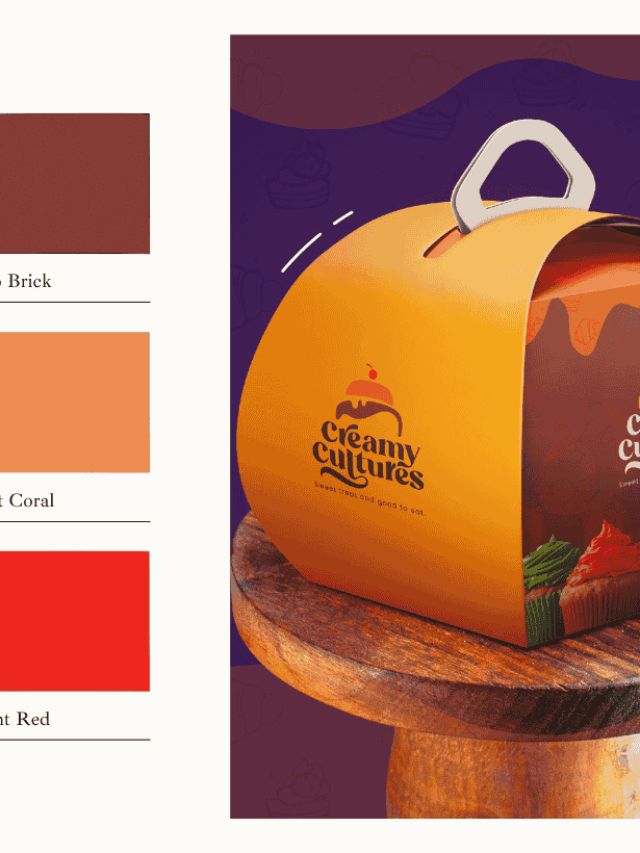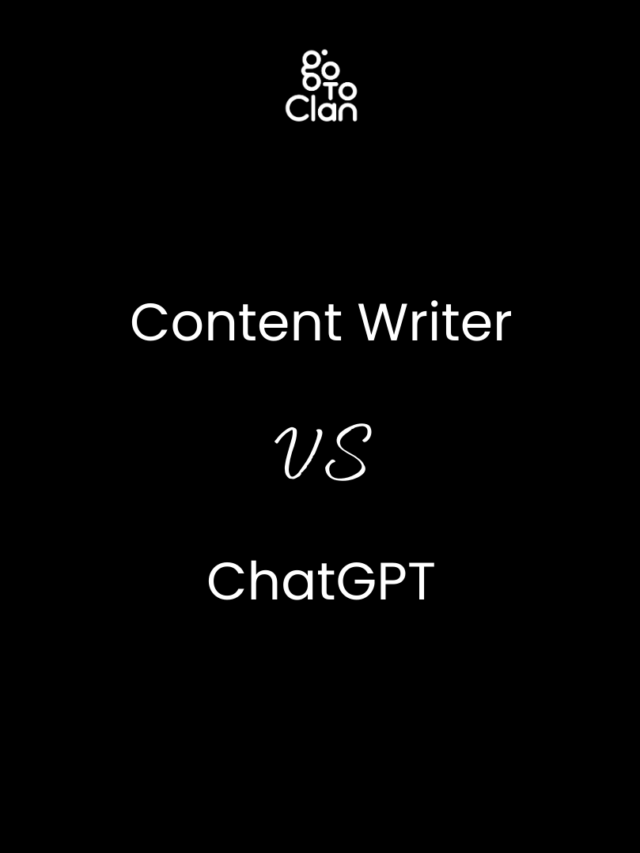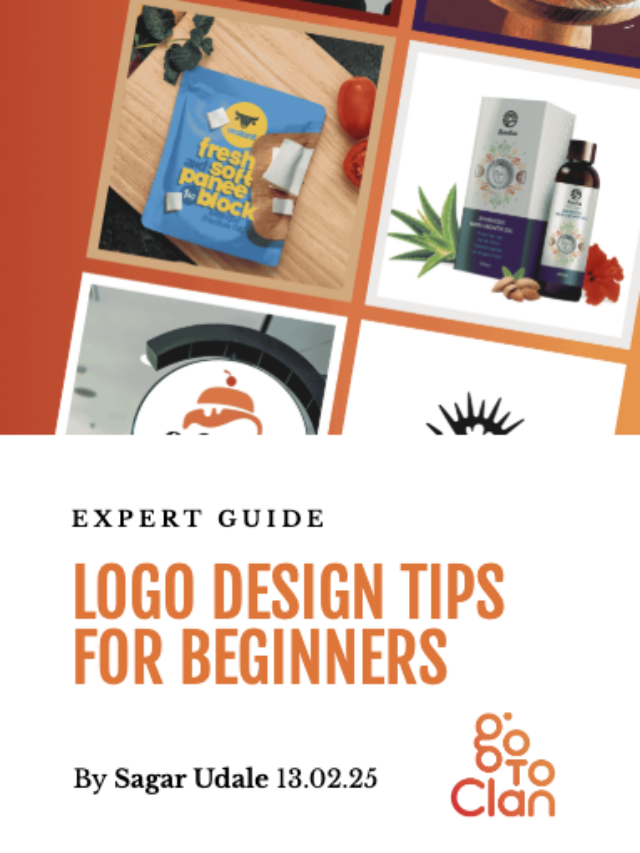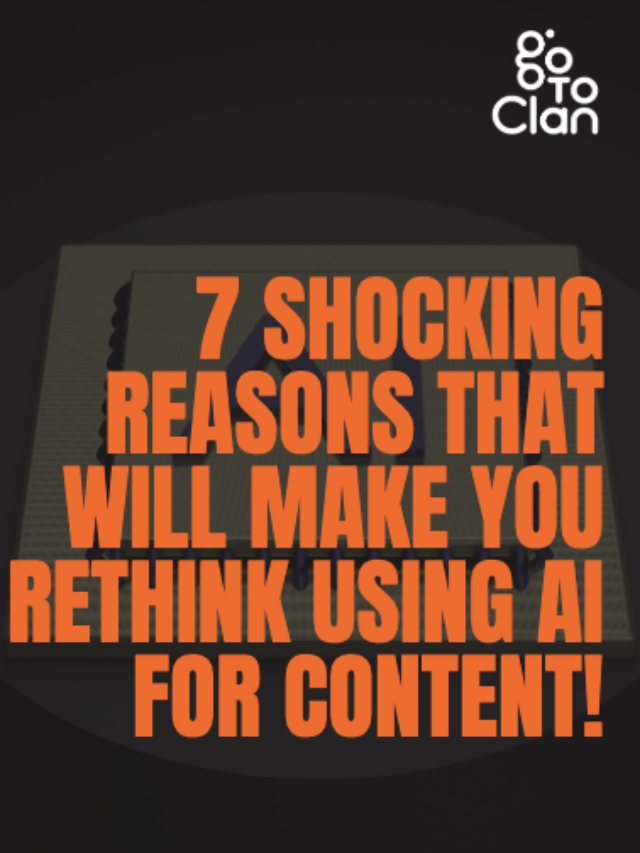15+
Years Of Experience
250+
Clients In Last 15 Years
50+
Industries Catered
50+
International Brands Served
Services
We serve businesses that serve people. Leading the online world with remarkable Branding, UI UX Design, Website & App Development, Graphic Design, Logo Design, Packaging Design, Content Writing, and Organic Growth Marketing.
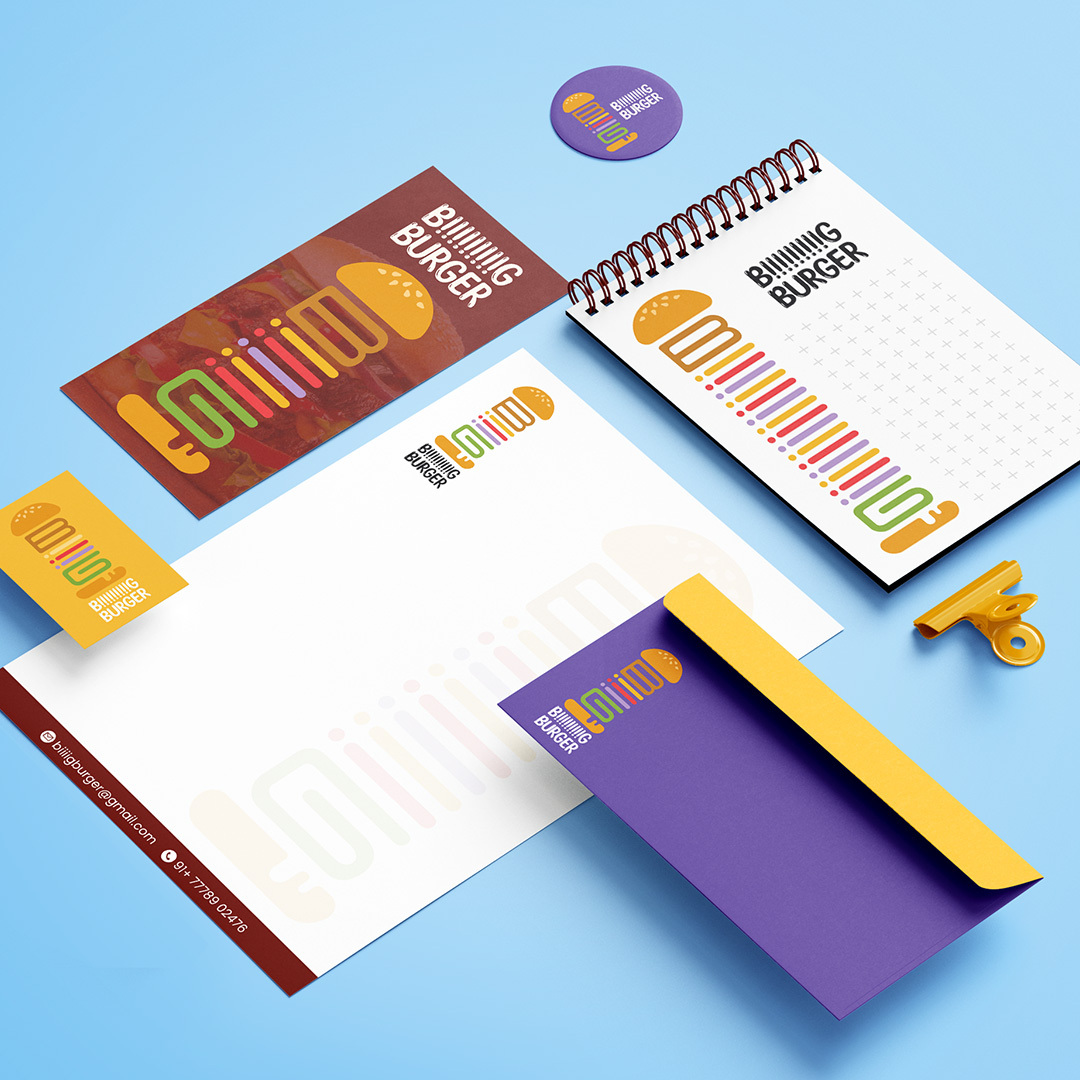
Branding
Branding
Is your company struggling to get good leads despite good products? You need a branding expert. Go To Clan’s digital services include Branding which can give your company a strong brand identity. A strong brand identity can boost your business’s chances of getting quality leads. We strategize, design, and deliver the best branding campaigns - digital as well as in-store branding.
Our team of graphic designers and branding experts have been crafting brands for more than 15 years. We serve a big basket of industries like hospitality, food & beverages, travel, fashion, IT, AI, SaaS, EdTech, and much more. If you want a reliable branding agency that understands your business and crafts an identity that connects with your audiences, Go To Clan is the place for you.
Restaurant Branding
Restaurant Branding
The restaurant industry is one of the most competitive industries. Restaurants and cafes need more than just a good chef. Gone are the days when good taste was all that mattered. Customers need more than tasty food. They need an excellent ambiance to post Instagramable photos, a memorable brand identity, an easy-to-recognize logo, and a memorable experience.
Hence, Go To Clan helps restaurants and cafes in building memorable brand identities. If you run a restaurant, stop worrying about the dense competition. We can help you stand out. Be it a small kiosk or a food truck, we help all sorts of food businesses. Let your customers remember you for your good food and strong brand personality.
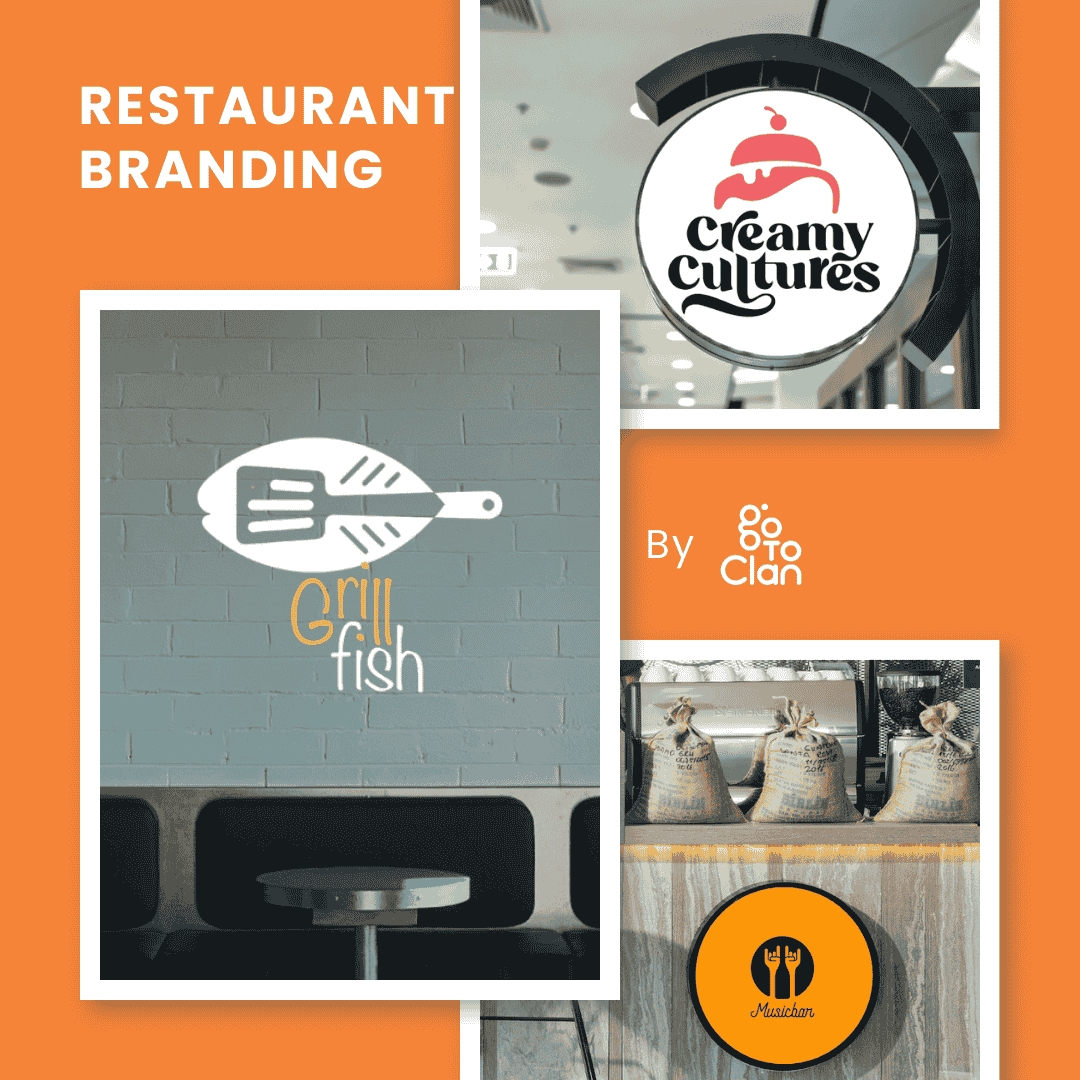
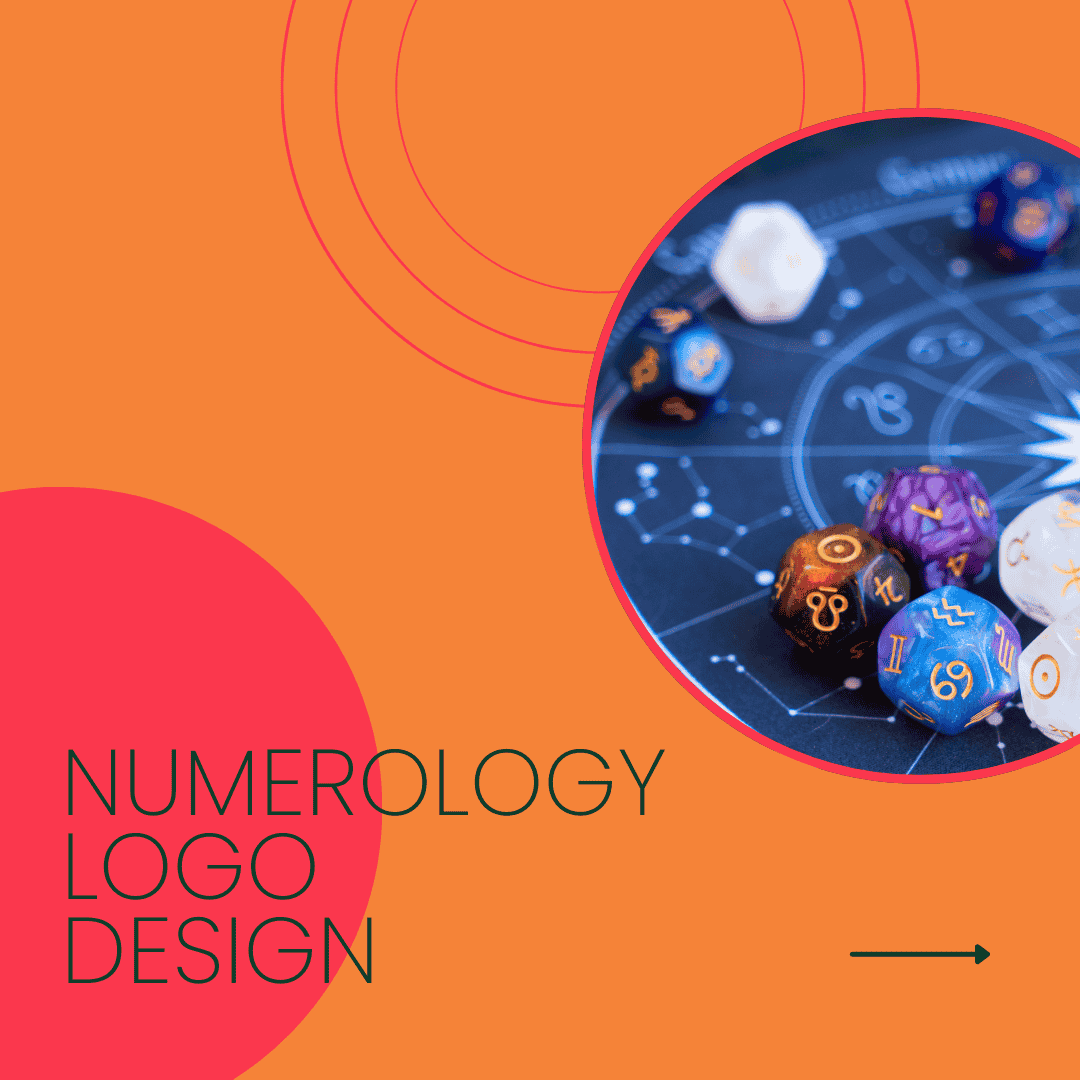
Numerology Logo Design
Numerology Logo Design
Are you a Numerology believer? We support you. We have a special interest in numerology and strongly believe that a small change in your business’s name or logo can take your business to the next level. Our clients have experienced a great vibe and energy to work better. Choosing colors and logo design as per numerology principles can create a brand that resonates with the desired energy.
Our team of smart copywriters can select a brand name that aligns with positive numerological numbers. Be it number 1 for leadership or number 5 for adventure, our designers understand the depth of numerology and are skilled in clubbing aesthetics with the magic of numbers. If you are looking for design experts and copywriters who understand numerology, Go To Clan is here to help.
UI/UX Designing
UI/UX Designing
As a trusted UI/UX agency in Pune with over 15 years of experience, we blend intuitive user experience design with marketing-driven strategy. Our approach goes beyond aesthetics, we craft interfaces that guide users effortlessly and drive real conversions. Looking for a design partner who understands both users and business? Let’s create experiences that perform.
From websites and apps to enterprise platforms, our UI/UX solutions are built to engage, retain, and convert. We take the time to understand your users, business goals, and brand voice, ensuring every click feels natural and purposeful. With a mix of creativity and usability, we turn digital journeys into powerful brand experiences.


Web / App Development
Web / App Development
From eCommerce platforms to corporate websites, and from custom mobile apps to advanced progressive web applications, our work reflects years of hands-on experience across digital landscapes. Every project we take on adds to our journey of innovation and impact. Let’s connect and walk you through the stories we’ve built, one solution at a time.
We don’t just build digital products, we craft scalable, user-centric solutions tailored to your business needs. Whether you're a startup or an enterprise, our team ensures each line of code and pixel of design aligns with your vision and growth goals. Ready to explore what we can build together? Let’s connect and find out how our developers can help.
Graphic Designing
Graphic Designing
Graphic design is the first thing people notice and the last thing they remember. Our designers know how to grab attention and turn it into action. Whether it’s a bold logo, a clean website banner, or a catchy reel cover, every design we create helps your brand stand out and stay consistent.
We don’t just design for the sake of it. We design to build trust, tell stories, and drive results. From defining your visual identity to creating everyday social media creatives, our graphic design services are crafted to keep your brand top of mind and visually unforgettable. We design with scrolls, shares, and saves in mind, because great design should work hard on social media. Whether it's a campaign or a carousel, we make sure every post speaks your brand's language.
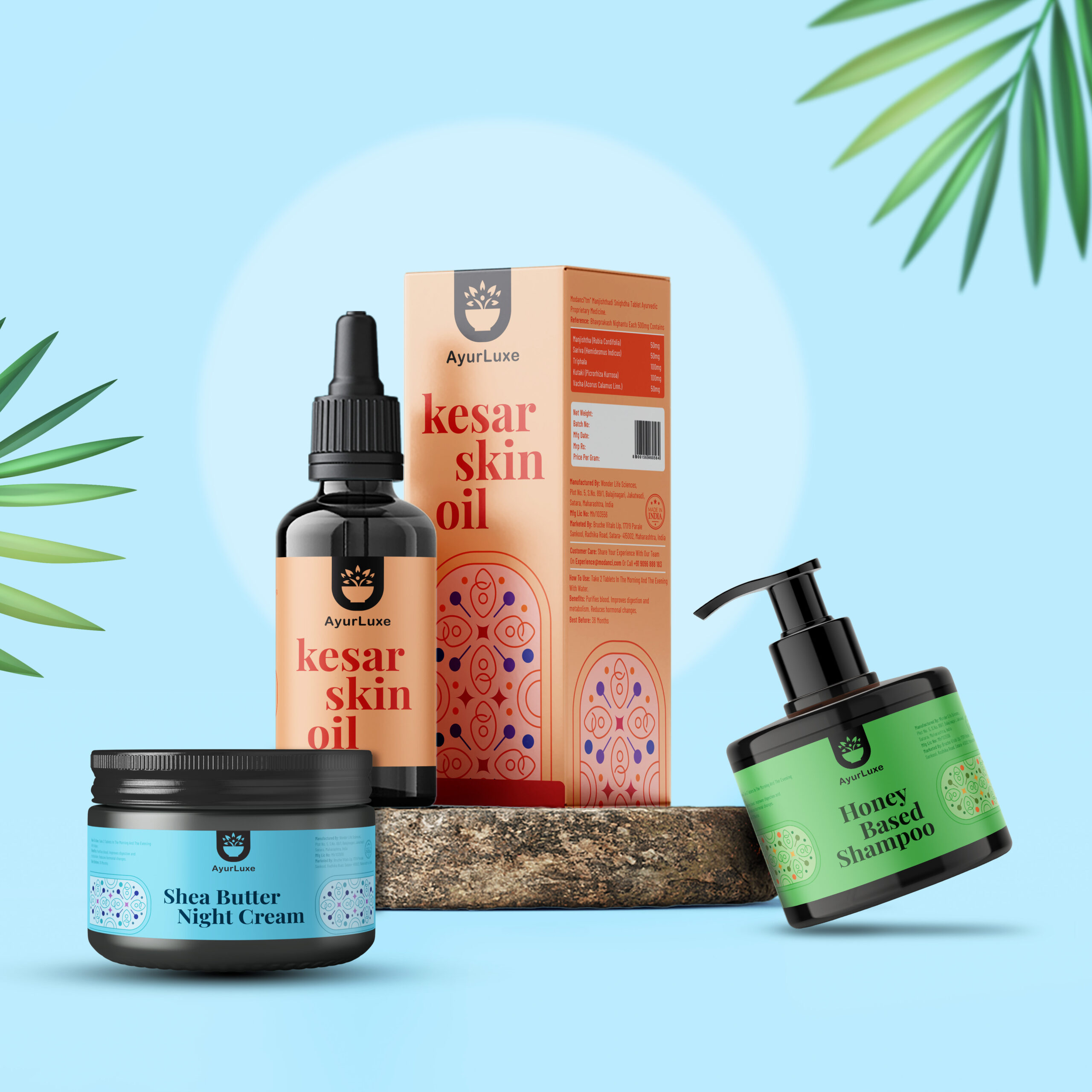

Content Writing
Content Writing
In the age of ChatGPT and Rytr, it's easy to get content. What’s rare is finding a team that listens, understands, and writes like they’re part of your journey. We don’t just take briefs, we dive into your business, study your audience, and absorb your brand’s voice. Because real content isn't generated, it’s crafted with care.
Our writers don’t just fill pages. We shape narratives that reflect your values and connect with your customers. Whether it’s a product launch or a social media campaign, we write with emotion, intent, and insight. When you work with us, your words don’t just inform, they build trust and leave an impact. Be it a creative ad copy or an informative blog, our writers are capable of converting readers into consumers.
Growth Marketing
Growth Marketing
Organic marketing is about building lasting impressions, not just quick clicks. We focus on shaping your brand identity as one that speaks with authority, experience, and trust. Whether it's your website, blog, social media, or email content, every platform becomes a reflection of your values and expertise. Our goal is to position your brand as a go-to name in your industry, not just another option.
We don’t chase trends blindly. Instead, we create strategic, insight-driven marketing plans that bring your product or service to the right audience. Our team crafts content that educates, engages, and inspires action, all while keeping SEO and user intent in mind. With a blend of creativity, consistency, and data-backed strategy, we help you grow organically and sustainably.

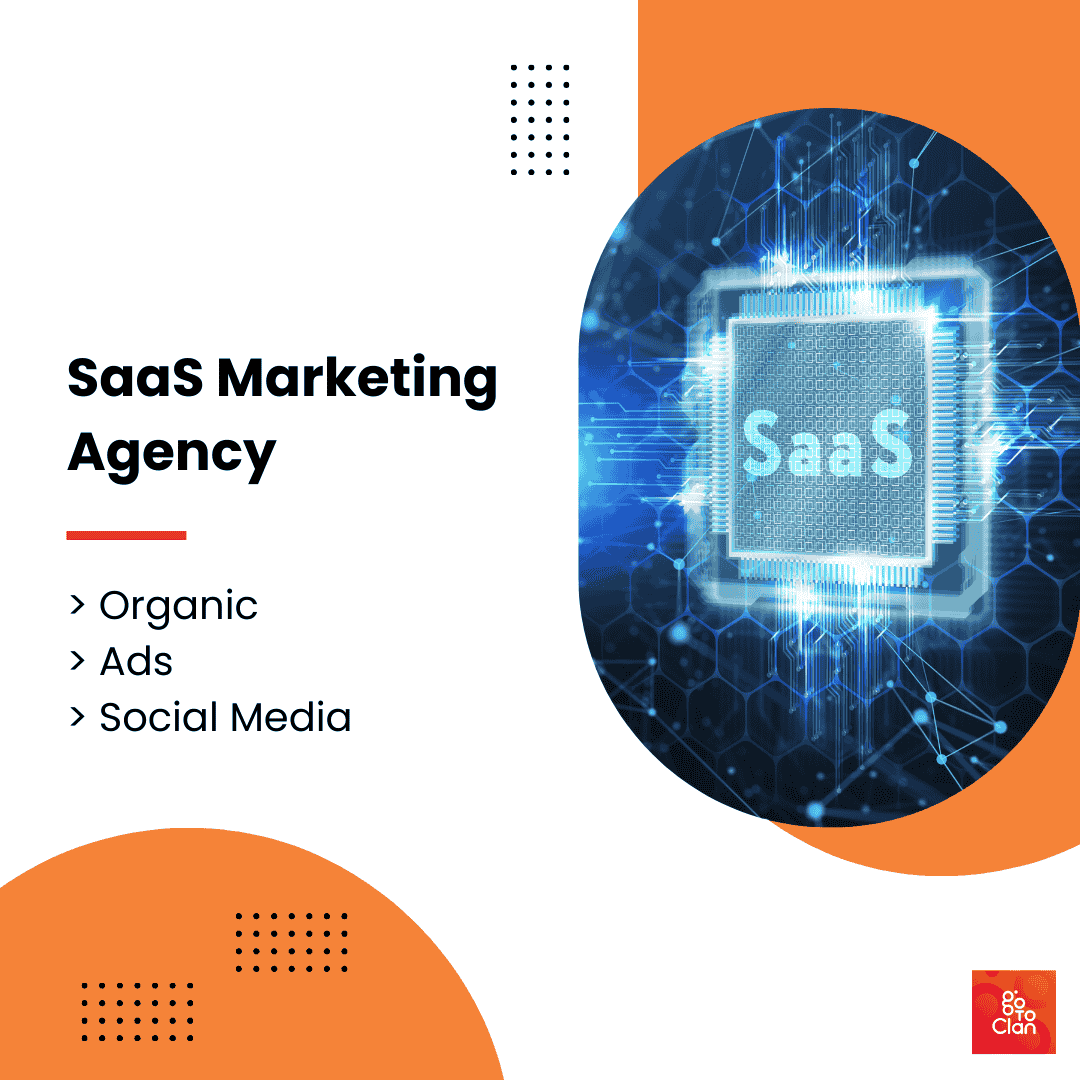
SaaS Marketing
SaaS Marketing
SaaS marketing is all about making complex products feel simple and valuable. Whether you're in EdTech, AI, or enterprise SaaS, we help you communicate your product’s value clearly and effectively. From website copy and landing pages to case studies and product walkthroughs, we craft every piece of content to educate, engage, and convert. Our focus is on showing outcomes, not just features, because in SaaS, results speak louder than words.
We blend organic content strategies with performance marketing to attract the right audience, be it school administrators in EdTech or CTOs in AI startups. Our marketing playbook includes SEO, lifecycle emails, demo scripts, explainer videos, and competitor research, all designed to shorten your sales cycle and improve user onboarding.
Restaurant Marketing
Restaurant Marketing
At Go To Clan, we specialize in marketing for restaurants, cafés, hotels, and bars; helping food and hospitality brands grow their visibility, bookings, and customer loyalty. Whether you're a cozy café in a buzzing neighborhood, a fine-dining restaurant, a boutique hotel, or a high-energy bar, we craft tailored marketing strategies that bring real results. Our team blends creative storytelling with data-driven digital marketing, covering everything from branding, logo design, and stunning websites to social media content, influencer collaborations, local SEO, and paid campaigns. We ensure your business is visible when it matters most, whether someone’s searching for a weekend brunch spot, a staycation destination, or the best cocktail bar nearby. We don’t believe in copy-paste content or overused trends. Instead, we build genuine narratives, highlight your signature offerings, and create digital experiences that turn first-time visitors into loyal customers. With Go To Clan, your brand doesn’t just get seen; it gets remembered.
Know More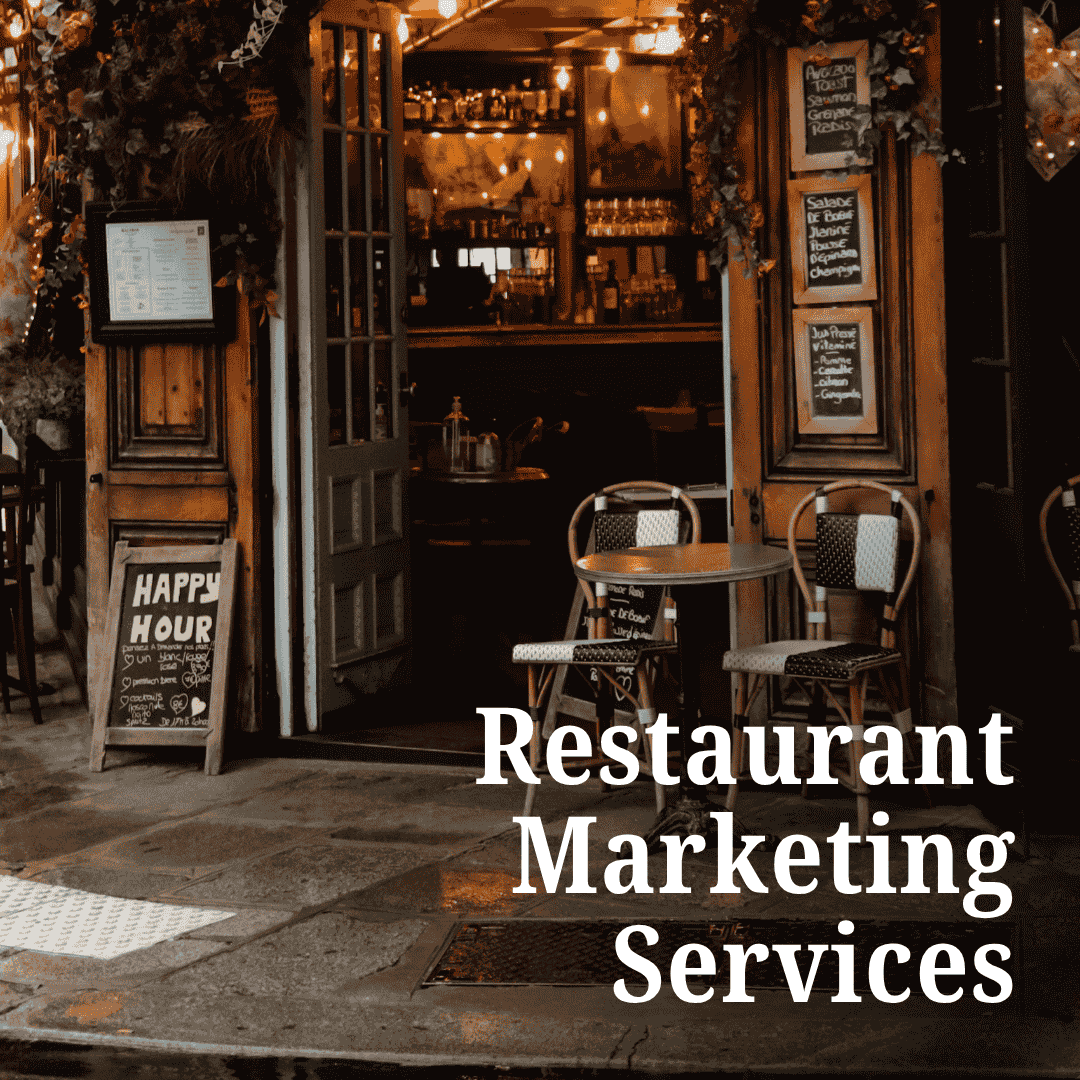
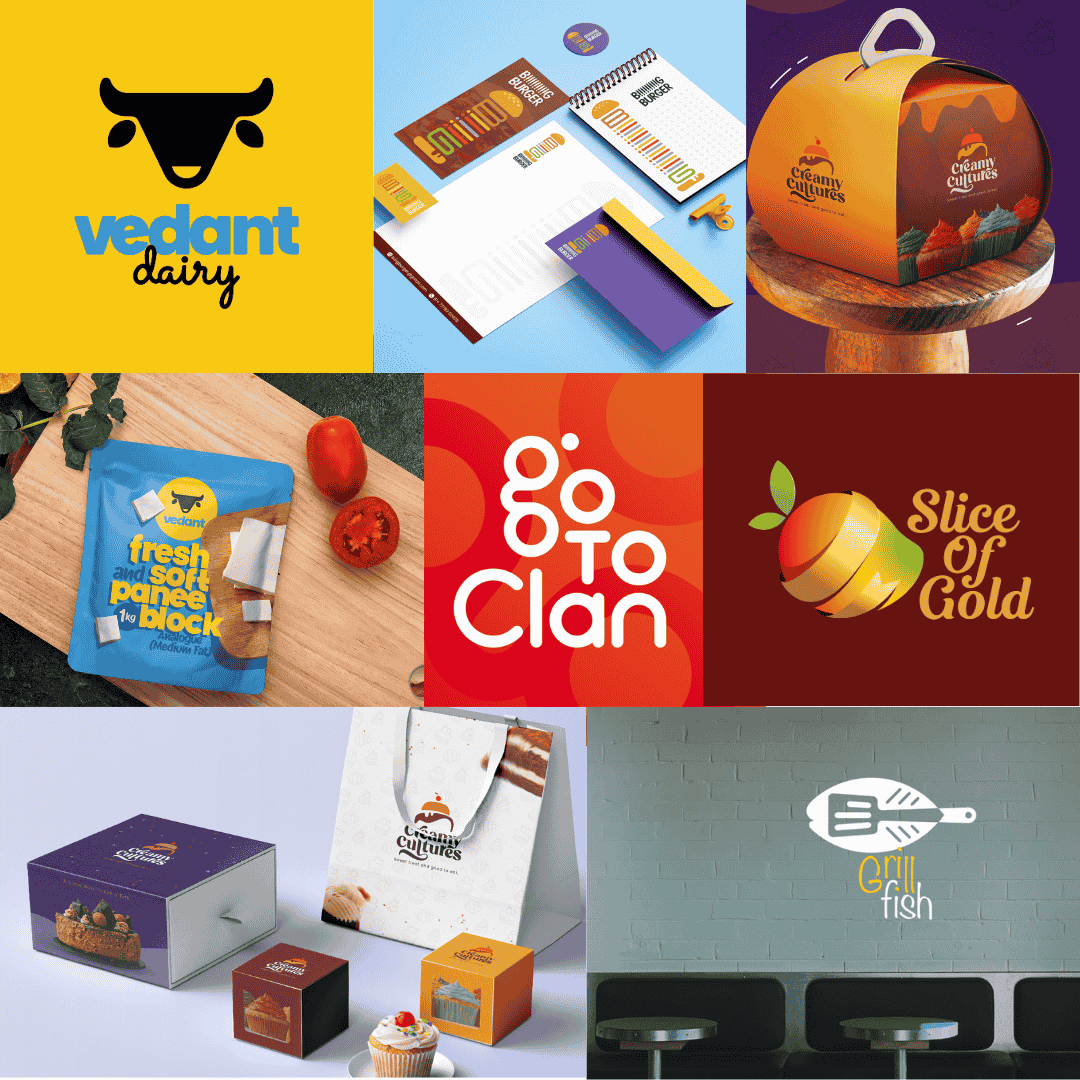
Restaurant Logo Design
Restaurant Logo Design
At Go To Clan, we design restaurant logos that are not just visually appealing but also brand-defining. Whether it's a quirky cafe, a fine-dining space, or a fast-food joint, we craft logos that capture the soul of your food, space, and story. We blend creativity with strategy to ensure your logo looks great on everything from signage to menus and Swiggy thumbnails. With over 10 restaurants and cafes already trusting us with their logo design, we understand what it takes to stand out in a crowded food space. Our process involves deep research, moodboards, font pairing, color psychology, and multiple revisions to get the perfect result. A good logo doesn't just sit pretty, it serves purpose, and that’s exactly what we deliver.
Know MoreFood Logo Design
Food Logo Design
At Go To Clan, food logo design is not just a service; it’s a sensory experience. We treat every food business like a canvas and every logo like a recipe crafted with soul. Your brand isn’t just about what’s on the plate; it’s about what your audience feels before the first bite. Our designs capture that magic. Whether you're flipping gourmet burgers, brewing local chai, or serving global cuisine, we blend flavor, feeling, and form to create a food brand logo that speaks your story without saying a word. We don’t follow trends, we study your roots, ingredients, audience, and aspirations to design something that’s uniquely yours. Our process is deeply collaborative and emotionally driven. We don’t just sketch; we listen. We don’t just create; we connect. From playful fast food logo styles to elegant fine-dine emblems, we create identities that work beautifully on every surface, menus, uniforms, signage, and even digital bites like Instagram stories and Swiggy listings. Every curve, color, and font we choose has a purpose. At Go To Clan, we design for impact and intimacy, logos that your customers recognize, relate to, and remember. Because in a world full of food, we help you become a brand that’s devoured with the eyes first.
Know More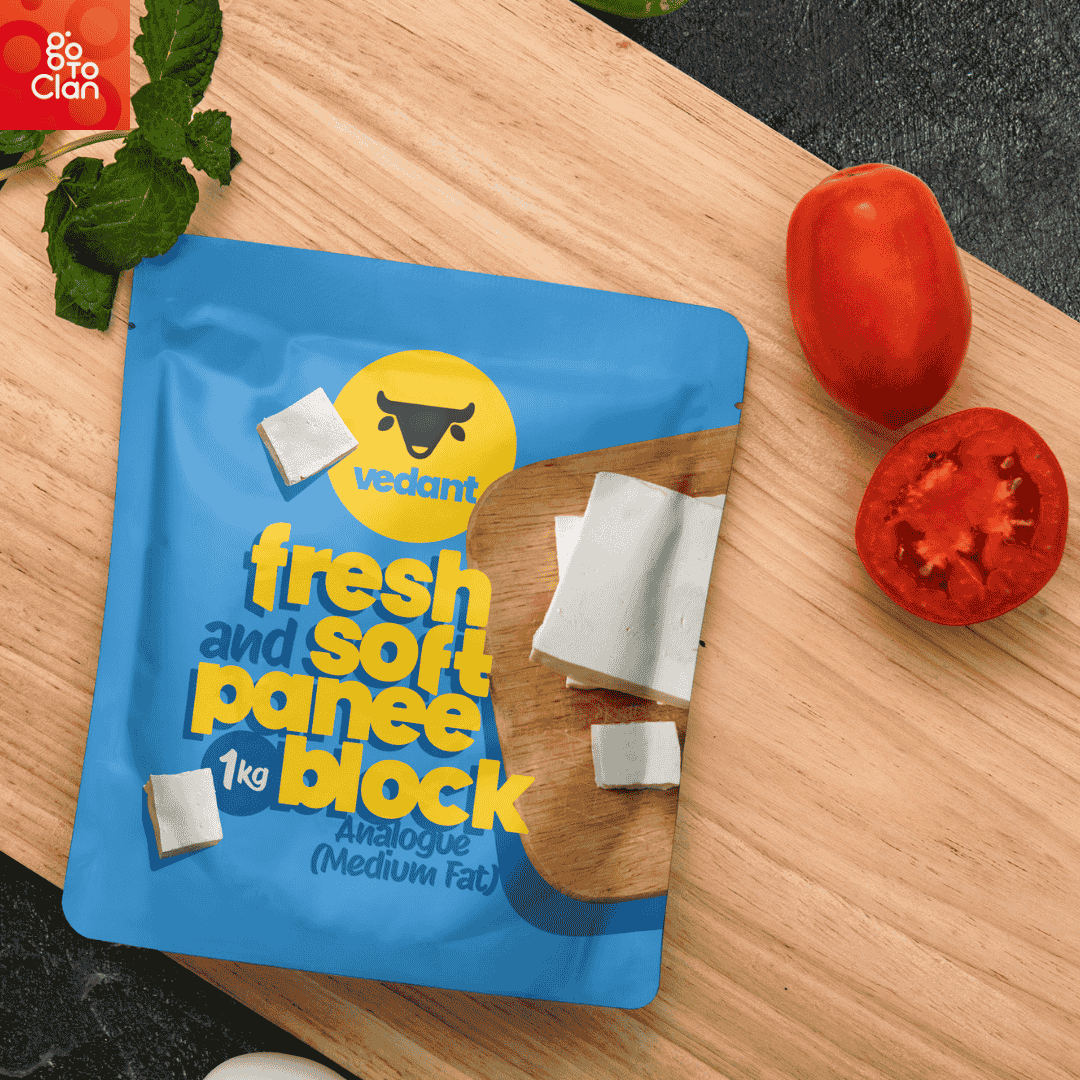

Technical Writing Services
Technical Writing Services
Technical writing services at GoToClan are built to simplify the complex and empower your users, teams, and clients with clarity. We specialize in creating structured, easy-to-understand documentation that explains even the most technical products or processes in a way that anyone can follow. From software documentation and user manuals to SOPs, product guides, whitepapers, and knowledge base content, our technical writing ensures every detail is captured with precision. What sets us apart is our focus on usability, not just language. Our technical writers collaborate closely with your team to understand the tech inside out, then craft content that speaks to developers, end-users, or internal stakeholders without confusion. Whether you’re onboarding new users, launching a SaaS product, or streamlining internal operations, GoToClan’s technical writing services ensure your content works just as hard as your product.
Know MoreOur Go-To Thoughts
Our love for creativity is reflected in our thoughts. Design trends, UI UX tricks, the key to engaging Content, and the importance of Smart Design, get it all in one place. Our expertise make us a reliable web design and development company in Pune.
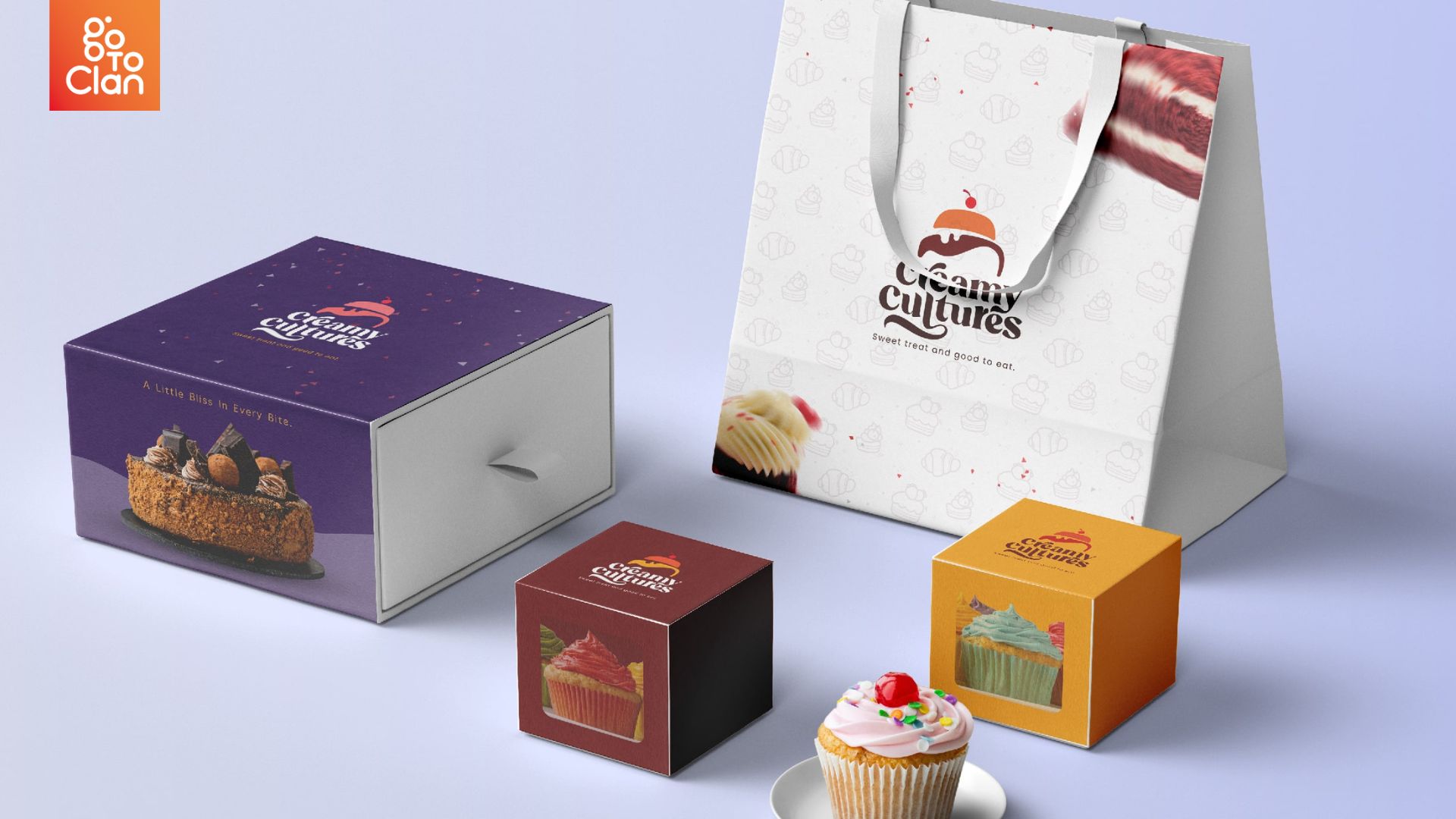
Your favorite Burger brand offers juice patty. Your favorite soft drink offers energetic drinks. Your go-to bakery delivers fresh & less sugary treats. I am assuming these reasons to your food brand choices. What can be another major aspect you prefer about certain food brands? Excellent Food Branding! A logo that strikes, a tagline that makes you crave, a store design that hits some childhood memories and makes you visit the good old hotel. This is nothing but Food Branding done right! Being a Director of the Best Food Branding Agency, I have served 20+ food giants with unique food branding campaigns.
In this blog, I am going to share some of my earned knowledge and wisdom. Hope you like it and find it useful. Whether you run a startup craft brewery, a small-town cafe, a family-owned bakery, or an established processed food empire, our insights will serve up fresh perspectives on how to connect with your audience on a sensory and emotional level with bang-on Food Branding.
Food & Beverages Branding & Logo Design- 5 Amazing Tips
Let's see how the best food branding agency thinks, executes, monitors, and optimizes the ultimate game of Food Branding! In the following 5 tips, I am going to cover food & beverage logo tips, how to write taglines like a pro, color psychology to strike the right emotions and much more. Excited? Let's get started.
1. Food Branding Brainstorming
Do you know how the best food branding agency always comes up with amazing food brand logo concepts and killer branding moves? It brainstorms with the entire team together. Food is something we all think we are experts in! Everybody is a foodie to one extent. Right from actually tasting the food to understanding the POV of target audiences, learning what competitors are doing, and exploring how the Brand's unique selling points can be used; everything gets a track after a series of detailed brainstorming sessions.
Creating visual ideas for logos, packaging, and marketing materials. Discussing and refining ideas based on team feedback. Considering consumer preferences and trends to ensure relevance. All these points are crucial to consider in Brainstorming for any brand.
2. Food Branding- Ace the Name Game
Have you ever tried pronouncing a dish's name at a fancy restaurant and failed miserably? Yeah, no one wants that for a brand. A food brand's name should be like a bite of your favorite snack: short, sweet (or savory!), and leave you wanting more. It needs to roll off the tongue as easily as food slides down the throat.
Worcestershire Sauce? Woooo what sauce!!!!
Names like lays, Kit-Kat, Parle, Amul, and Coca-Cola, are all familiar but one of the main reasons we remember the names is because they are easy to pronounce & remember.
Though the brand name is usually pre-decided by the Founders, it is recommended to consult with a professional Branding Expert from the best food branding agency as there is a lot hidden in the name!
3. The Colorful Mind Game of Food Brand Logo
Why did McDonald's choose Yellow & Red as their primary color? Why Starbucks has chosen Green? Why Cadbury Dairymilk has chosen Purple? There is always a deep research behind selecting food brand colors. Let's take McDonald's Red and Yellow, for instance. Red is the life of the party, boosting your energy and appetite. On the other hand, Yellow represents sunshine and freshness. These colors don't just look good; they feel good! And before you even read the brand name, those hues have already made you a tad hungrier and a lot happier.
The food brand logo needs to resonate with your brand’s vision, core values, & ethics. Sounds too much right? Let's take Subway's example here.
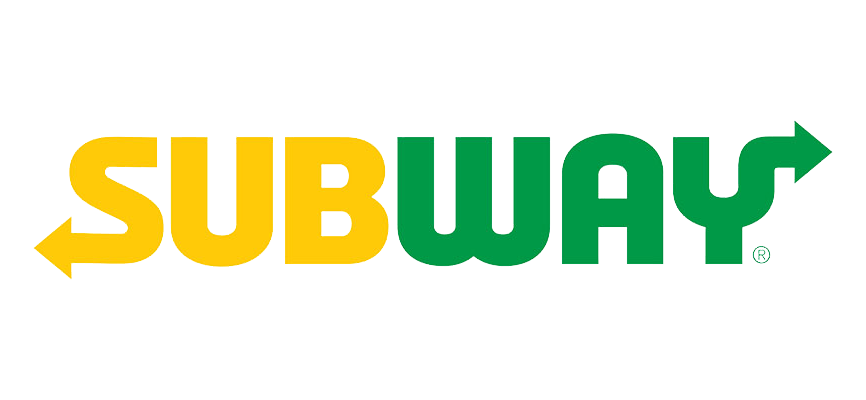
Credits: https://subway.in/ Food & beverages logo example:
The subway logo indicates the speed at which a customer enters, eats, refills his tummy, and leaves! A subtle way of expressing the brand message in the most creative way. The unique and bold font and color psychology; have a reason.
4. Food Branding- Taglines Matter!
"No one can eat just one", "take a break", and "have it your way"; all these taglines when heard take us to the time when we ate the products. If you study these taglines, they secretly or directly convey brand messages. KitKat's brand campaign revolves around the 'Break' everyone deserves from a hectic life and to make that Break enjoyable, people can have a KitKat! We all know these taglines and many such memorable ones. The question here is, how do we create a memorable tagline that proves to be a hit like these ones?
Here are some tips to help you curate a bang-on tagline for your food brand:
- Keep it Short and Sweet: In the world of Insta Reels, people like it short. Try to convey your brand message in 2-3 words if possible. The shorter it is, the easier it is to remember and recall.
- Make It Interesting: It can be sarcastic, funny, emotional, or just pass a cool vibe. The bottom line is to keep it interesting and engaging.
- Emphasize Your Unique Selling Point: M&M's "Melts in your mouth, not in your hands". This tagline aptly conveys the brand message- tasty & non-sticky chocolate confectionery products.
- Use Playful Language or Puns: Food is often associated with fun and enjoyment. Puns or playful language can make your tagline more engaging and memorable.
- Evoke Emotions: Aim for an emotional response, whether it's nostalgia, happiness, comfort, or excitement. Emotional connections can build brand loyalty. A whole new POV on how Emotions in Branding are vital.
- Make It Versatile: Your tagline should be flexible enough to work across various marketing channels while still being specific to your brand.
- Reflect Your Brand’s Personality: Whether your brand is quirky, sophisticated, or rustic, ensure your tagline aligns with your overall brand personality.
- Consider Your Audience: Understand your target audience and their likes. Though food is for all, if it is processed modern food, then consider quirky tones. If it is a traditional food product, consider the emotional tone.
A tagline is like the cherry on top. It needs to resonate with the brand's soul. For instance, "Have a Break, Have a KitKat" isn’t just about chocolate; it's about taking a moment for yourself. Or "Red Bull gives you wings." It's not positioned as an energy drink but as a must-have drink for doing something extraordinary. The tagline should encapsulate the essence of the brand in just a few words.
5. Packaging - The Silent Ambassador
Before I start explaining how food product branding depends a lot on the packaging, let me share Go To Clan's Food Brand Packaging.
Have you ever bought something just because the packaging looked fancy? We all have. Packaging is not just product protection, it has immense potential; for engaging consumers, attracting new customers, delivering comfort in product usage, etc. Heinz is a master of packaging! Simply placing the sticker on a particular part of the bottle won them the packaging game! Users don't know how much to tilt the bottle to get the perfect amount of ketchup. So Heinz updated their label to guide users to the perfect pouring angle.
Make sure your food & beverage packaging design matches the nature of your products. This is a very crucial point. If the products are premium, the packaging should scream it:
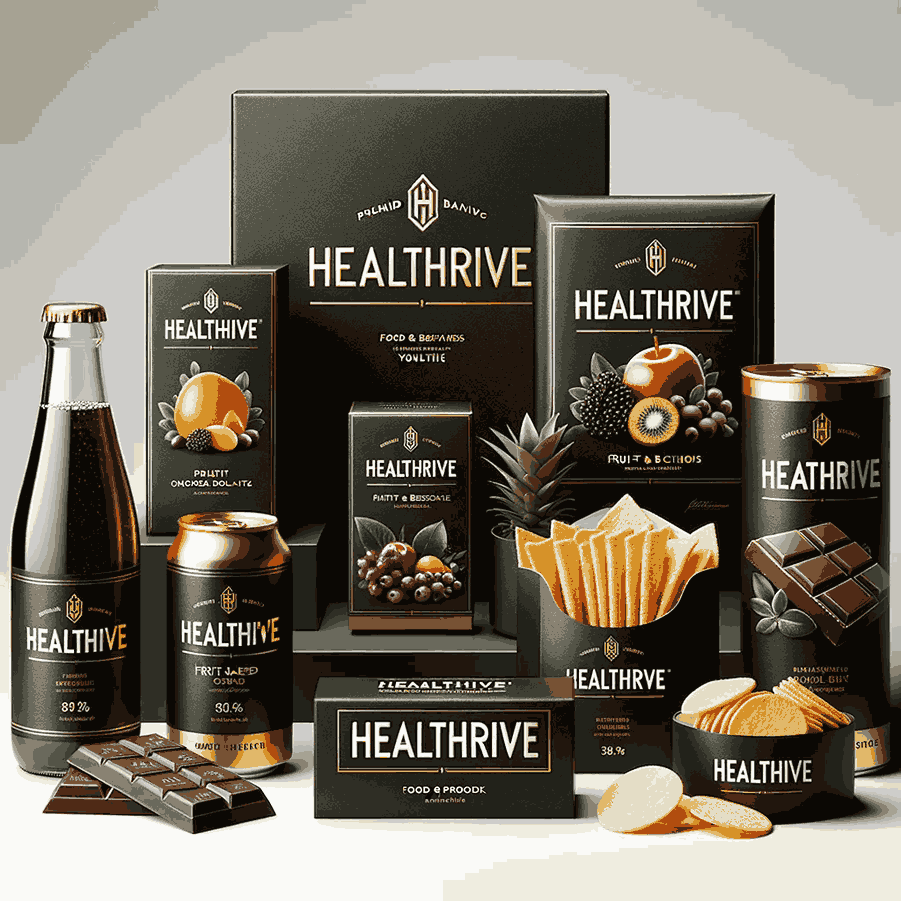
Would you buy this product if you didn't know the price? 👇👇👇👇
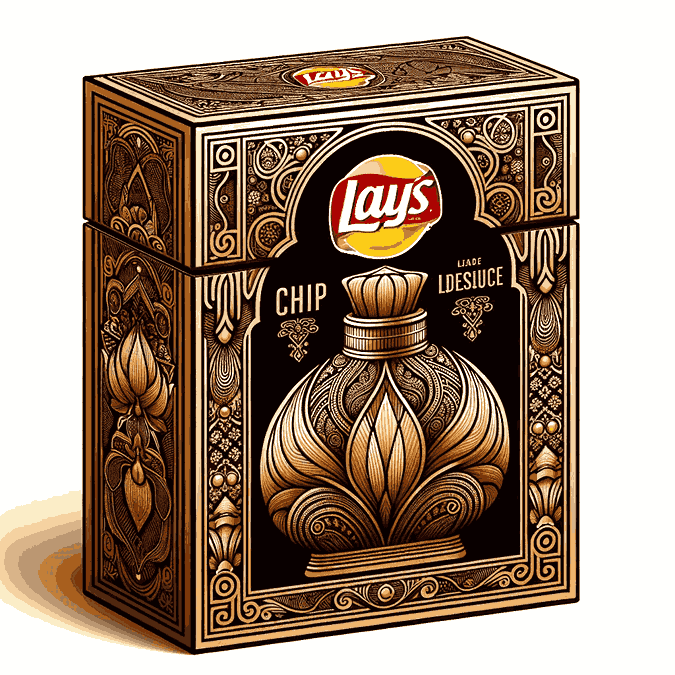
Final Words:
At Go To Clan, we are all foodies. We love indulging in the tasty treats. Hence, we can empathize with the brands and their consumers. Have a look at how much detailing we prefer to stay the best food branding agency:
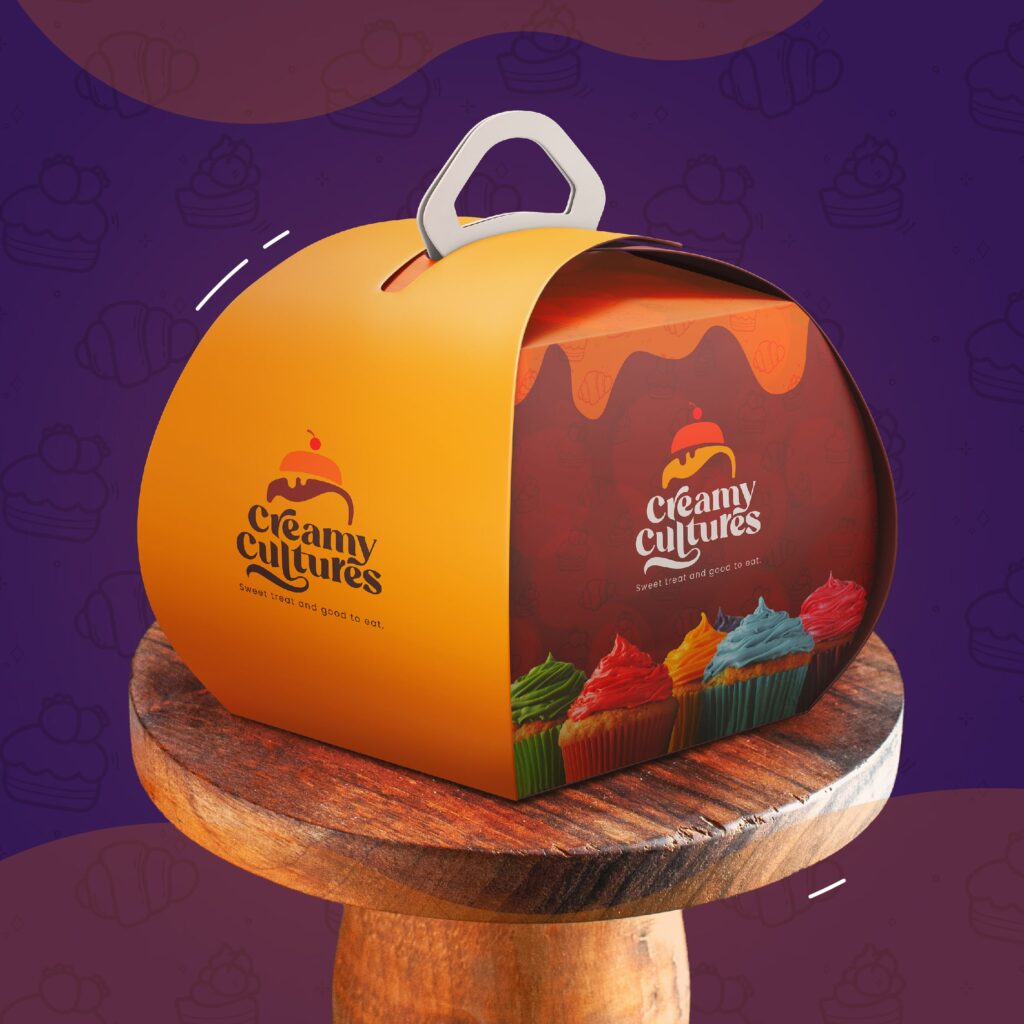
So if you are looking for a Food Branding Agency, contact Go To Clan!
[post_title] => Top 5 Food Branding Tips By The Best Food Branding Agency [post_excerpt] => [post_status] => publish [comment_status] => closed [ping_status] => open [post_password] => [post_name] => top-5-food-branding-tips-by-the-best-food-branding-agency [to_ping] => [pinged] => https://gotoclan.com/5-tips-to-use-emotion-in-branding/ [post_modified] => 2024-01-02 16:09:41 [post_modified_gmt] => 2024-01-02 16:09:41 [post_content_filtered] => [post_parent] => 0 [guid] => https://gotoclan.com/?p=40 [menu_order] => 0 [post_type] => post [post_mime_type] => [comment_count] => 1 [filter] => raw )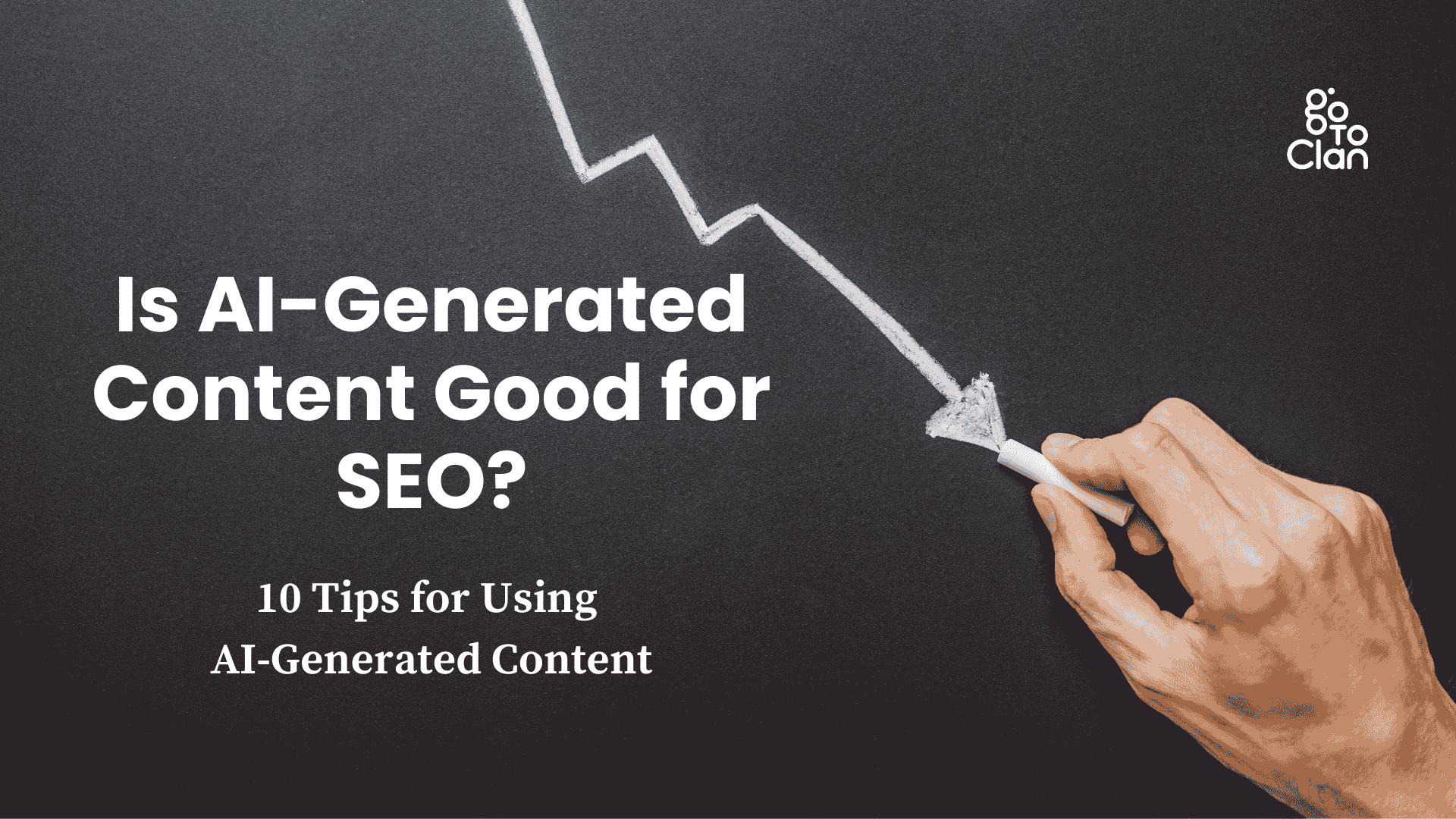
Is AI-generated content good for SEO? The short answer is yes. You must have read multiple blogs claiming that AI-generated content is good, but you need to consider a few tips. For me, AI-generated content is bad for SEO if you rely on it completely. Why do I say so? Well, I have been crafting content for over 8 years, and I strongly believe that AI-generated content can harm your SEO ranking. I will explain why.
According to Salesforce, 61% of employees prefer using AI to generate content. That’s huge, right? Many companies have noticed a decline in SEO ranking after publishing AI-generated content.
Our client came to us after a huge loss- a health tech company boosted content generation by 4x with the help of AI. The company soon noticed a decline in ranking, and in a mere 2 months, its ranking dropped by 40%! Want to know what went wrong? Scroll down for a detailed answer.
Is AI-Generated Content Good for SEO?
Remember how, before 2023, we used to sit together, brainstorm, and list blog topics? How did we build a team of skilled content writers? Writers used to research a crucial topic for hours, sometimes days, and write detailed blog posts. But now, AI does everything.
AI is an exceptionally commendable innovation that is smart, prompt, and improving daily. Google has clearly stated that it does not mind when companies post AI-generated content. Still, businesses have a question: Is AI content bad for SEO? Google can flag your content and reduce your ranking if you avoid these points. Google has problems when:
1. No Human Touch-
I’ll be honest; I can read the first couple of lines and guess whether the content is AI-generated or human-written. Whenever I come across an AI-generated blog, I immediately jump off. Even if the blog holds a lot of information, I can read a couple of blogs and get that same information without having to read a mundane blog.
Any content- blog, email, or even a newsletter- must be engaging enough. The human touch matters. Everyone likes it when they talk to a person instead of a robot. Believe me, blogs are a great source of communication.
2. Lack of Creativity-
Be it a professional b2b blog or a travel diary, creativity is a must. If you are passing a message passed by 10 people already, your creativity can make you stand out from the crowd. Repeating the points, no live examples, no puns, no humor, and no value-addition- your blog can look like this if you completely rely on AI.
3. Misinformation Risk-
This is one of the major concerns. AI can misinterpret facts and write misleading statements. Businesses must understand that any AI content generation tool like ChatGPT or Claude is nothing but a robot who is still learning. Any wrong information can lead to shattered trust and the loss of valuable subscribers.
4. Where Is EEAT?
How does AI content affect SEO? Because businesses often forget about EEAT. Experience, Expertise, Authoritativeness, and Trustworthiness (EEAT) is Google’s framework for assessing content. EEAT matters even more when you are writing about a topic where accuracy and reliability are crucial.
Let’s say you are running a financial advisory company and are starting to publish AI-generated content.
Experience:
The content may lack real-life financial scenarios, case studies, or personal insights that show practical knowledge.
Expertise:
AI might produce generic advice without certifications, credentials, or expert author bios, weakening perceived expertise.
Authoritativeness:
If recognized professionals don't back articles or don’t reference credible sources, they won't establish authority in the field.
Trustworthiness:
Misinformation, outdated data, or lack of financial disclaimers can damage trust, which is especially critical in finance, where accuracy is vital.
Be it monotonous content or lack of engagement, AI cannot match a subject matter expert’s proficiency. If you wish to use AI-generated content for SEO, you must stop relying completely on AI and start following the below-mentioned tips:
10 Tips for Using AI-Generated Content for SEO
Though Google has clearly stated that AI-generated content can help your business in organic rankings, it has some underlying points you should know. I have tried to explain those points in simple words. So, let’s start.
1. Use AI for Blog Outline
Being a writer, I can totally understand how tiring it is to finalize a blog outline where you achieve a systematic story flow. You can take AI’s help. AI can help you create an excellent storytelling format, and you can start writing about each point in detail.
Having a defined outline can save you from writing vaguely and help you focus on important points. It not only reduces writer’s block but also boosts SEO with keyword-focused sections.
Prompt You Can Use- “Generate an engaging outline for the blog topic [topic name]. Here are the important keywords you can add to the headings: [keywords]. The blog must have an engaging story and cover unique points not discussed in these reference blogs- [reference blog links]
There are multiple cool AI content outline generators available online:
2. Use AI for Research
I know this can backfire, but there is a trick. Taking the help of AI tools in the research phase is a smart move. Tell me, how do you start your research journey? Adding stats and real-life examples can boost your blog’s credibility. You all already know this, right? So you go to Google and look for such news and blogs. Instead of scrolling through 5-6 pages to find the right news article to get ‘shocking statistics', you can simply ask ChatGPT about what you are looking for.
For instance, you are writing a blog about Atal Tinkering Lab (Indian education’s new revolution). You want to know how many schools have already been using ATLs, how many schools have successfully participated and won in ATL competitions, how many students have received special scholarships, etc. You can simply educate ChatGPT about ATL by giving it a few ATL and AIM links and asking it to look for such statistics.
But, what if it shows wrong data? There is a trick. ChatGPT 4o is designed to conduct in-depth research and provide valid source links as well. You can simply go to the source links and confirm whether the information is valid or not.
Another benefit of using AI for research is that it can save hours of work, allowing you to focus on improving your blog’s engagement. AI also identifies trends and recent insights that can be added to your blog to boost its relatability.
Prompt You Can Use- “Act as a research assistant. Help me gather the latest data, trends, and expert insights on [topic]. Include key stats, credible sources, and recent developments from the last 12 months.”
3. Teach It First
You are an expert, so act like one. AI is not a person who would gauge your thoughts through your tone or body language or use its own experience to generate quality content. It needs proper guidance.
Let’s say you hire an intern. You go to the office, see your intern working on something, give him/her an on-the-fly task, and head to your cabin. The intern, with limited experience and knowledge, completes the task accordingly. You check the results and start scolding the intern. Whose fault is it- yours or the intern’s? For a good blog draft, you must provide essential data first.
A good, detailed prompt can do miracles. Feed data first: news links, blog links, expected output, etc. You can also offer PDFs and research papers to educate your AI tool. Once the AI tool has gathered all the information, you can write a systematic prompt highlighting details.
For example-
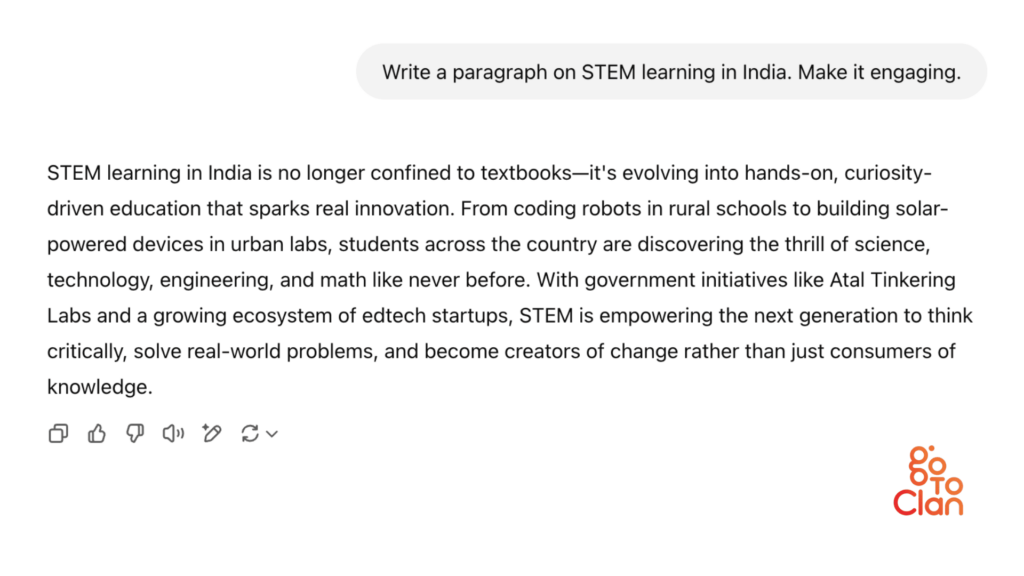
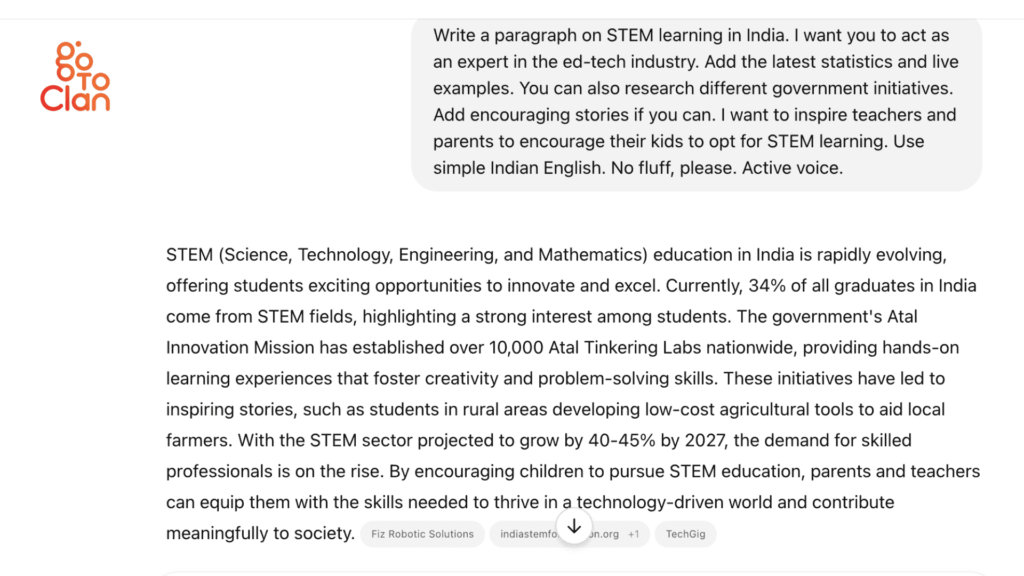
4. Offer Your Brand Guideline Book
Every small to large-scale enterprise must have a brand guideline book. A brand guideline book is your brand’s biography. It has all the minute details about your company and how you want the brand to be perceived.
Have you heard of the Brand Essence Wheel? It is an excellent way of defining your brand’s identity. Whether you want people to look at your brand as a luxury brand, a tech-advanced brand, or a trustworthy brand, it all depends on what you feed into the Brand Essence Wheel.
You can offer this Brand Essence Wheel to your favorite AI tool along with your brand guideline book to grasp your brand’s tone and voice. Every brand has a set tone. For instance, every sports brand has an energetic and motivational tone. A similar energy should be reflected in your blogs as well.
Inconsistency in a brand’s tone can hamper blog engagement. We don’t want that! Instead of explaining the expected tone in a lengthy prompt, you can enter your brand guideline book and ask the AI tool to memorize it for future reference.
5. Use AI for Drafts
Never copy-paste AI-generated content directly. Make sure you make some improvements to the blog before publishing. You can edit the introduction and add a hook, you can add emotions, or you can add examples to simplify your point.
The effort of changes directly depends on the quality of the AI-written blog. Google prioritizes excellent quality blogs- blogs that help. Always read the entire blog and point out areas that need improvement. For instance, you have given a detailed prompt to Claude, and it has generated a detailed blog, but you are not happy with the conclusion. You can always change it to more natural content with inbound information.
AI is here to help and not replace your work. Look at it as a source of assistance and do not delegate entire tasks to AI.
“Treat AI as your assistant.”
6. Use AI to Think Outside the Box
You can use AI to play the devil’s advocate. AI is great at supporting your argument, but it’s even more powerful when you ask it to challenge you. By prompting AI to argue the opposite side, you uncover blind spots, common objections, or misconceptions your audience might have.
For example, if your blog promotes AI-generated content for SEO, ask the AI:
“What are some reasons AI-generated content could harm SEO rankings?”
The AI may respond with points like a lack of originality, failure to meet E-E-A-T guidelines, or Google’s spam policy updates. This allows you to build counterarguments in your blog, offer solutions, and make your content more robust. It creates balance, earns the reader's trust, and improves the overall depth of your article.
When you publish a blog, readers may question certain points or challenge your views in the comments. You can use AI to identify these gaps or confusion and update your content to provide clearer explanations or additional context.
7. Feed Google Analytics Data
Most people give generic prompts to AI. But if you feed it your Google Analytics data, such as your top-performing blog headlines, keyword-rich queries, or bounce rate insights, it becomes 10x more relevant.
What is your objective in writing blogs? Getting quality traffic, right? If you want more and more people to visit your blogs and interact with your website, you need to brainstorm around apt topics. Feeding Google Analytics data can bring many good changes.
Tell AI about your top 10 high-traffic blogs. Input the titles and keywords. It will analyze the blog structures and identify more such topics. You can also ask AI what made those blogs gain good ranking. Based on AI’s feedback, you can amend your content strategy.

For instance, input something like:
“Here are my five most clicked blog titles from Google Analytics. Based on this pattern, suggest new blog topics or formats that can perform equally well.”
You can also combine Google Analytics data and AI to optimize your poorly performing blogs. Let’s say I have written a blog that I feel is good, but it is not gaining good traffic. I can feed the blog link and ask AI to identify what can be improved. Such crucial insights can boost your SEO game.
For instance, input something like:
“Users are dropping off this page in 30 seconds. What could I add to improve engagement?”
This makes AI act like a personalized strategist. It uses real user behavior to tailor ideas, increasing your chances of higher engagement, better SEO performance, and meaningful content creation.
8. Repurpose Your Blogs With AI
You can use AI tools like Claude and ChatGPT to write blog repurposed posts. There is a standard process of posting blogs on social media to increase the reach. This is another tricky part, as keywords do not work in social media.
Add an intriguing hook to make people stop scrolling and read the post. After writing a detailed blog of 1500-2000 words, you can ask AI to generate such blog repurpose posts with an engaging hook. It can be a shocking and bold statement or a question.
Prompt You Can Use- “Go through this blog and understand the message. The TG is [user persona]. Write a LinkedIn post with a shocking hook. The post should be short and to the point. It should ensure answers to many crucial questions. Maintain the brand tone.”
9. Let AI Act as an Editor
Whether you have a professional content editor on your team or not, AI can act as your content editor. Just finish the first draft of your blog and share it with your AI tool. Ask the AI tool to go through it and identify errors.
You can use it to detect grammatical errors, inconsistencies in tone, factual errors, etc. Being a writer, I can tell you one thing for sure. We writers have a lot to say, always! We are always ready to discuss, no matter what the topic is. Hence, there is a good chance that writers add many irrelevant points to the blog or change the entire blog direction in one line!
AI can be a good support to identify such problems. It can also suggest better content wherever there is a dull moment in your blog. You can also ask AI to scan as a Marketing Expert and identify SEO problems in your blog piece.
Prompt You Can Use- “Act as a content editor and marketing expert. Review the blog below for grammar, clarity, SEO, and engagement. Suggest improvements wherever needed.”
10. Use AI to Spy on Your Competitors
Another important practice in SEO is to check your competitors’ moves. If your competitor has a better domain rating and traffic than your website, you can reverse engineer its strategy using AI.
Simply ask AI to compare your website with a competitor’s and identify the gaps. It will highlight what you’re missing, what needs improvement, and where you’re performing well. More importantly, it can suggest how to double down on your strengths and take strategic actions to stay ahead of the competition.
You can also ask AI to analyze their top-performing pages, keywords they rank for, backlink sources, and even their content structure. This gives you a clear roadmap of what’s working in your niche.
For example, if a competitor consistently ranks high with in-depth how-to guides, AI can suggest similar content formats for your site. It can also recommend missing keywords, internal linking opportunities, and content angles they haven’t explored yet. With this intel, you don’t just copy; you compete smarter, filling gaps they’ve missed and optimizing areas where you already have an edge.
Prompt You Can Use- “Act as an SEO strategist. Compare my website [yourdomain.com] with a competitor's website [competitor.com]. Analyze and identify content gaps, keyword differences, backlink profiles, and traffic sources. Tell me:
- What is my competitor doing better in terms of content, SEO, and structure?
- What are my strengths that I should double down on?
- Which keywords am I missing that they rank for?
- What content formats or topics are driving traffic to their site?
- Suggest 5 actionable strategies I can use to close the gap and improve my SEO performance."
Final Words
Is AI-generated content good for SEO? Yes.
Is AI content bad for SEO? Depends on how you use it.
Hope you enjoyed these tips for using AI-generated content for SEO.
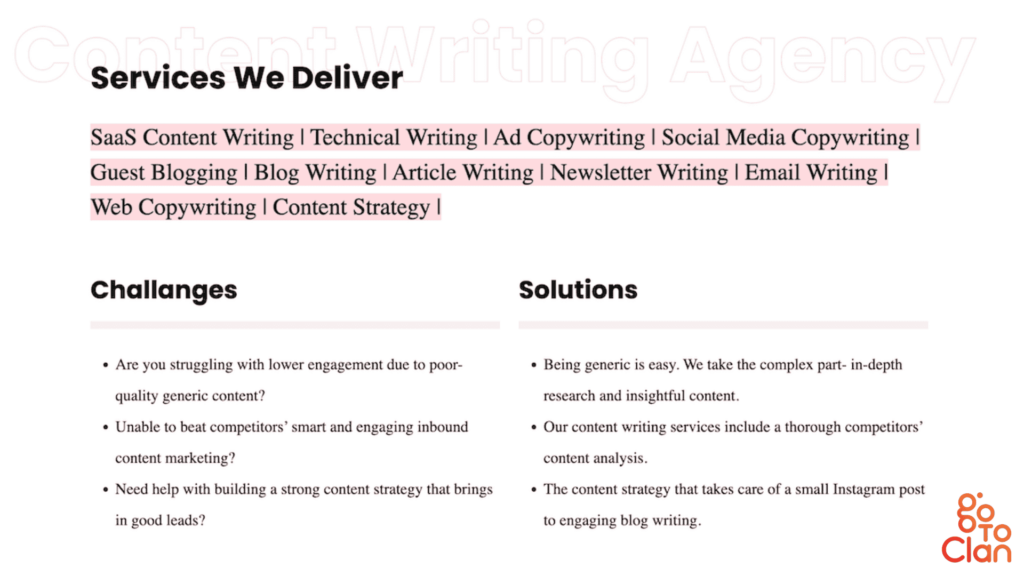
If you think AI can replace your team of content writers or save you the cost of hiring a Content Writing Agency in India, you can think twice. Even using AI needs a whole different level of expertise.
Want good old content writing services?
Engaging and Informative
At Go To Clan, I have built a team of content writers who can deliver quality content even if Sam Altman decides to shut down OpenAI 😀
If you want a team of experienced content writers with a complete understanding of 2025’s SEO guidelines, you can ping us at coffee@gotoclan.com.

Before we start, let me tell you that this blog is for business owners and entrepreneurs. The reason behind this note? Only business owners and entrepreneurs can relate to the pain of building something beautiful and not seeing success without a solid go-to-market strategy!
What is the go-to-market strategy framework, and why is it key to business success? Having a business idea is the first step. The rest of the steps to reach success are all related to your go-to-market strategy. It is a wholesome plan that covers everything- the launch of your business/product/service, marketing strategy, sales plan, etc.
So, What Is a Go-To-Market Strategy Framework?
If you think you can skip this step and just launch your product and hope for the best, think again! In 2017, IBM analyzed that over 90% of startups fail in the first 5 years. According to a report, only 18% of first-time startup founders succeed.
Not having a solid Go-To-Market Strategy can be a primary reason. Sounds scary, right? But don't worry; we’ve got you covered. A well-thought-out GTM strategy helps you validate your ideas, find your target audience, and ultimately, make sales.
Let’s break it down and give you the tools you need to make your product launch a success. I have covered the entire intricate GTM strategy process in just 3 steps.
3 Key Stages of a Go-To-Market Strategy Framework
1. Identify Your Product/Service’s Value Proposition
Let’s start with the basics: What’s the big deal about your product? Why does it even exist? This is where you ask the tough questions like:
- What problem does my product solve?
- Who is my target audience?
- What makes my product stand out from the competition?
- Is the market ready for my product idea?
It always takes a smart idea to win. The product/service must solve a problem. Problems can be big or small. Sometimes, you have to create a problem to sell your product. For example, online food delivery service. Our moms did not have any food delivery apps. They used to work- manage office and home. We used to get home-cooked meals every day. But then, some smart innovators entered and made everyone realize that you can order food every day and skip the tedious process of cooking.
Similarly, you must identify a problem first and build a rock-solid firm idea to solve that problem. Make sure your solution is apt and effective. Having a solution is not enough. Your product must stand out from the crowd. There are plenty of phone companies, but the iPhone has its own aura. Why? Due to its mind-blowing features and ‘Security.’ Apple identified that most of the phones are getting security complaints and, hence, introduced a secure solution.
Along with your product’s uniqueness, you should also know your target audience and market scenario. This will help you define your GTM plan. Let’s say your TG is Gen Z. A whole new world for Millennials and Boomers. Try to understand their perceptions, their choices, their buying habits, and everything else.
2. Design Your Go-To-Market Strategy Architecture
Now that you’ve figured out what your product brings to the table, it's time to create the strategy that’s going to get it in front of the right people.
Define Clear Objectives
Set goals- I know it sounds very basic, but let’s go with the old-school method. Take a pen and a piece of paper and start writing your goals. Do you want to start slow and then test the strategy, or do you want to enter the market with a banger? Do you want to target a specific niche first or capture the entire TG? Without a clear objective, the strategy becomes scattered and ineffective. Every decision made- be it marketing, sales, pricing, or distribution- must align with this core objective.
Craft Strategic Positioning
One of the most crucial phases in GTM strategy is positioning. It is about shaping how your audience perceives your product. You can define your business’s positioning. A premium product, a product with quirky features, an affordable yet problem-solving product, etc. It defines the unique space your product will occupy in the market.
A lot depends on your product’s positioning- brand voice, brand message, core promise, and value differentiation that will be communicated at every touchpoint. Your positioning should reflect clarity, relevance, and a direct response to a key market problem.
Choose Distribution and Promotion Channels
The next step is deciding how and where you’ll engage your audience. Select a limited number of high-impact channels based on where your audience spends their time and how they prefer to discover, evaluate, and purchase solutions. This could include direct outreach, digital marketing, events, strategic partnerships, or inside sales.
An effective GTM strategy doesn’t try to be everywhere- it focuses on the right places. If you want your brand to be in a range of elite products, you can promote it on Facebook ads.
Plan the Launch Phases
A good GTM strategy unfolds in controlled, trackable phases. Avoid going all out at once. Instead, build a phased approach- starting small, validating assumptions, optimizing what works, and scaling gradually. This reduces risk and allows learning from real user feedback before full deployment.
Develop Internal Alignment
Your GTM strategy is not just for the marketing or sales team, it’s for the entire organization. Align product, sales, support, operations, and leadership teams with the GTM architecture to ensure consistency in goals, messaging, and execution. Every internal stakeholder must be clear on their role and contribution in making the launch a success.
Build Feedback and Iteration Loops
Finally, a good GTM architecture is dynamic. It includes processes to collect market feedback continuously, analyze outcomes, and refine strategies based on performance. What works at the pilot stage may not hold at scale. Be ready to adapt, update messaging, adjust positioning, or switch channels as required.
3. Making the Decision to Thrive

Remember how a quote was circulated in the name of Ratan Tata Sir 'I don't believe in making the right decisions. I take decisions and then make them right.' Sounds funny, right? Things are very different in the real business world. Never force a decision. Never try to prove that your wrong decision is right. Accept it if you see a failure and make the necessary changes to your decision.
Having doubts is normal. Getting worried about every small thing is normal. You must own a decision you make. Once you start executing your go-to-market strategy, you can analyze the result and make necessary changes if needed.
Example of Go-To-Market Strategy Framework
I have an idea- a SaaS product- FloNest is a modular, AI-powered SaaS platform built to streamline internal ops, manage clients, track performance, and grow revenue- all from one place. Think of it as Notion + Asana + Calendly + QuickBooks + HubSpot but with a simplified UX and deeply integrated intelligence layer.
Step 1: Define the Ideal Customer and Core Messaging
Start by targeting service-based SMBs such as marketing agencies, IT service providers, and consultancy firms with team sizes of 5–50. These businesses often juggle multiple tools, leading to inefficiencies. Position FlowNest as the “one-stop ops intelligence hub” that replaces five tools with one. The messaging should highlight clarity, cost savings, and real-time visibility- all packed in a clean, intuitive UX.
Step 2: Launch Through Controlled Pilots and Case-Driven Marketing
Run pilot programs with 10–15 handpicked SMBs across different service industries. Offer free onboarding and hands-on support to extract rich case studies, testimonials, and usage insights. Use this data to create powerful, narrative-driven marketing assets like video walkthroughs, founder interviews, and industry-specific success stories. Push these through LinkedIn, founder communities, and niche startup newsletters.
Step 3: Scale with Strategic Partnerships and Referral Loops
Once validated, partner with co-working spaces, digital tool aggregators, and small business associations to scale reach. Add a built-in referral system that rewards both users and their referrals. Simultaneously, launch product-led growth levers like a free tier with limited features, in-app nudges for upgrades, and AI-generated insights that tease premium capabilities, turning active users into advocates.
Want a Go-To-Market Strategy?
Go-To Clan Can Help!
Final Words
Hope I have answered your question: What is a go-to-market strategy framework? Though this seems simple, executing a GTM strategy is very tough. It requires a core understanding of marketing and different business models.
Go To Clan has been helping businesses with customized go-to-market strategy solutions for years. If you want a go-to-market strategy PPT template, you can email me at coffee@gotoclan.com. For more such informative blogs, check out our blog page.
[post_title] => What Is a Go-To-Market Strategy? 3 Steps to a Powerful Strategy [post_excerpt] => [post_status] => publish [comment_status] => closed [ping_status] => open [post_password] => [post_name] => what-is-a-go-to-market-strategy-3-steps [to_ping] => [pinged] => [post_modified] => 2025-05-22 06:45:31 [post_modified_gmt] => 2025-05-22 06:45:31 [post_content_filtered] => [post_parent] => 0 [guid] => https://gotoclan.com/?p=1605 [menu_order] => 0 [post_type] => post [post_mime_type] => [comment_count] => 1 [filter] => raw )Stories For You!
Being a web design and development company in Pune, we are excited to share our wisdom through our stories curated only for businesses like you!
